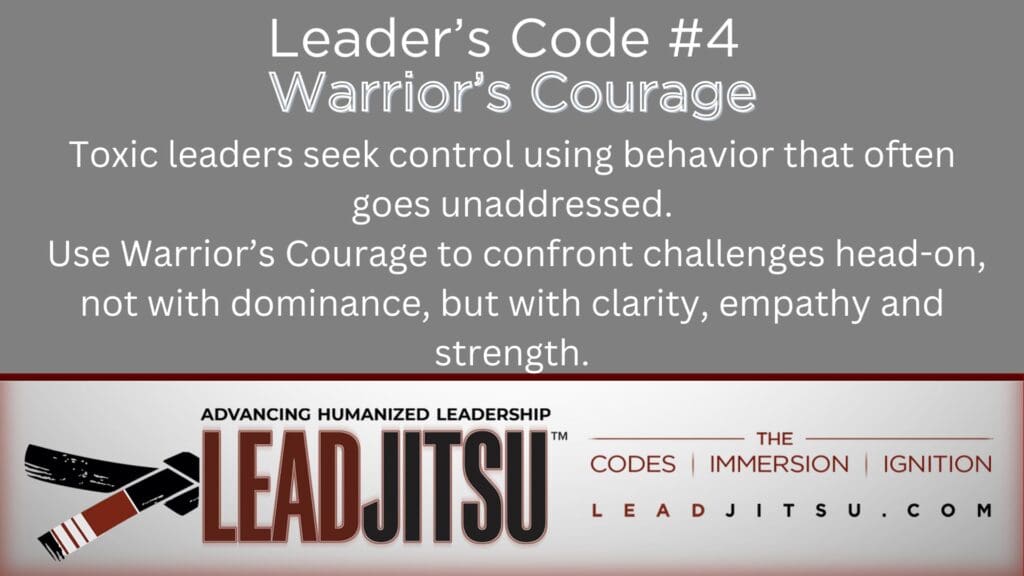Psychological safety is a critical element of high-performing teams. Coined by Harvard professor Amy Edmondson, psychological safety refers to an environment where employees feel comfortable expressing themselves, sharing ideas, asking questions, and taking risks without fear of ridicule or retaliation. It’s the foundation for innovation, trust, and collaboration. Unfortunately, toxic leadership can erode this vital component, leaving teams disengaged, fearful, and less effective.
What Is Psychological Safety?
At its core, psychological safety is about creating a culture where individuals feel safe to be vulnerable. It allows employees to take interpersonal risks, such as admitting mistakes, without worrying about negative consequences to their career or reputation. In workplaces with high psychological safety, employees are more engaged, more likely to collaborate, and more willing to contribute their best ideas. When this safety is lacking, innovation stalls, productivity decreases, and team morale plummets.
Key elements of psychological safety include:
- Openness: Employees can freely express opinions and concerns.
- Inclusivity: Everyone’s voice is valued, regardless of rank.
- Trust: Leaders and team members trust one another to act in good faith.
- Support: Employees feel supported when they take risks, even if those risks don’t immediately pay off.

How Toxic Leadership Undermines Psychological Safety
Toxic leaders, whether through aggression, manipulation, or emotional detachment, can destroy psychological safety in several ways:
Fear of Reprisal: Toxic leaders often use fear as a motivator, leading employees to avoid speaking up about problems or concerns. Whether it’s fear of punishment, losing opportunities, or public ridicule, employees under toxic leadership tend to remain silent, even when they have valuable insights.
- Example: A leader who berates team members for making mistakes will create a culture of fear where no one dares to take the necessary risks to innovate.
Lack of Empathy: Empathy is a cornerstone of psychological safety. Toxic leaders, however, often lack empathy, showing little regard for the emotional well-being of their team. This disconnect prevents team members from feeling understood or supported.
- Example: A leader who ignores or dismisses concerns about workload or burnout signals to employees that their well-being is secondary to achieving results.
Dismissiveness of Ideas: Psychological safety thrives when employees know their contributions are valued. Toxic leaders often display dismissiveness or arrogance, shutting down new ideas or monopolizing discussions. This behavior stifles creativity and can lead to employees disengaging from their work.
- Example: A leader who always needs to be right or dominates conversations doesn’t allow room for alternative ideas, which discourages team members from sharing their perspectives.
Micromanagement: Toxic leaders who micromanage create an environment where employees feel they lack control and autonomy. Psychological safety requires employees to feel trusted to do their job, but constant oversight undermines their confidence.
- Example: A micromanaging leader constantly hovers over employees, scrutinizing their every move, leaving them fearful of making any decisions without approval.
Blame Culture: In a psychologically safe workplace, mistakes are treated as learning opportunities. Toxic leaders, however, tend to cultivate a blame culture, where individuals are punished for failures. This approach discourages employees from trying new approaches or admitting when they need help.
- Example: A leader who publicly blames one employee for a project’s failure creates a team-wide fear of taking risks, as no one wants to be the next scapegoat.
LEADJITSU Ignite Leadership Team Intensive
In the pursuit of humanized leadership, it’s not just about leading individually—it’s about creating a unified, thriving team. The LEADJITSU Ignite Leadership Team Intensive is a transformative six-month journey designed to harmonize your leadership team around core principles of respect, inclusivity, and communication. This program fosters a culture where leaders and their teams grow together, embracing a shared vision and driving sustainable success.
Empower your team to lead with heart, purpose, and unity. Let’s ignite this journey together. Schedule a complimentary consultation.
The Impact of Toxic Leadership on Teams
When psychological safety is compromised by toxic leadership, the effects are widespread and detrimental:
- Low Engagement: Employees are less likely to engage with their work or their team if they feel unsafe.
- High Turnover: Employees who experience toxic leadership are more likely to leave, leading to high turnover rates and loss of institutional knowledge.
- Reduced Innovation: Fear of failure or ridicule stifles creativity, which is crucial for innovation and growth.
- Poor Collaboration: A lack of trust and openness can prevent teams from collaborating effectively, leading to siloed work and communication breakdowns.
- Mental Health Issues: Long-term exposure to toxic leadership can lead to stress, burnout, and other mental health concerns for employees.
LEADJITSU’s Approach to Building Psychological Safety
LEADJITSU offers a framework for leaders to cultivate psychological safety in their teams through its Leader’s Code, emphasizing the balance of strength and empathy. Here’s how leaders can transform their approach to build trust and psychological safety:
Sensei’s Humility: Toxic leaders often operate from a place of ego, but in LEADJITSU, Sensei’s Humility encourages leaders to embrace a learner’s mindset. Leaders who model humility are open to feedback, admit their mistakes, and demonstrate that they, too, are constantly evolving. This vulnerability fosters a culture where employees feel safe to do the same.
- Example: A leader openly shares a mistake they made in a project and encourages the team to learn from it, setting a standard for transparency and growth.
Dojo Respect: LEADJITSU places great importance on respect for every individual in the “dojo” or workplace. Leaders who embody Dojo Respect create an environment where every team member feels valued, regardless of their position or background. This respect fosters inclusion and psychological safety.
- Example: A leader who actively listens during meetings, values diverse opinions, and encourages open discussion is showing Dojo Respect, reinforcing psychological safety within the team.
Warrior’s Courage: Addressing toxic behaviors in the workplace takes courage. Leaders need to have the strength to confront these issues directly, whether it’s in themselves or others, while maintaining empathy. Warrior’s Courage calls on leaders to step up and challenge toxic behaviors that undermine psychological safety, creating space for more positive interactions.
- Example: A leader notices aggressive behavior between team members and addresses it head-on, offering coaching on how to communicate more respectfully and productively.
Key Stats on Psychological Safety
- According to Google’s Project Aristotle, psychological safety was found to be the most important factor in building high-performing teams.
- A Gallup survey found that only 3 in 10 employees strongly agree that their opinions count at work, and in environments where they do, companies see a 27% reduction in turnover, a 40% reduction in safety incidents, and a 12% increase in productivity.
- The Center for Creative Leadership reports that toxic leadership is one of the top causes of burnout, which results in $190 billion annually in healthcare costs.
Restoring Psychological Safety with LEADJITSU
Psychological safety isn’t just a “nice-to-have” in today’s workplace—it’s essential for long-term success. Toxic leaders are one of the biggest threats to creating safe, innovative, and collaborative work environments. By embracing the principles of LEADJITSU, such as Sensei’s Humility, Dojo Respect, and Warrior’s Courage, leaders can actively create cultures where psychological safety thrives.
Are you ready to lead your team with integrity and create a workplace where everyone feels safe to contribute their best ideas? Contact us today to learn more about how LEADJITSU can help you build a culture of psychological safety and high performance.



